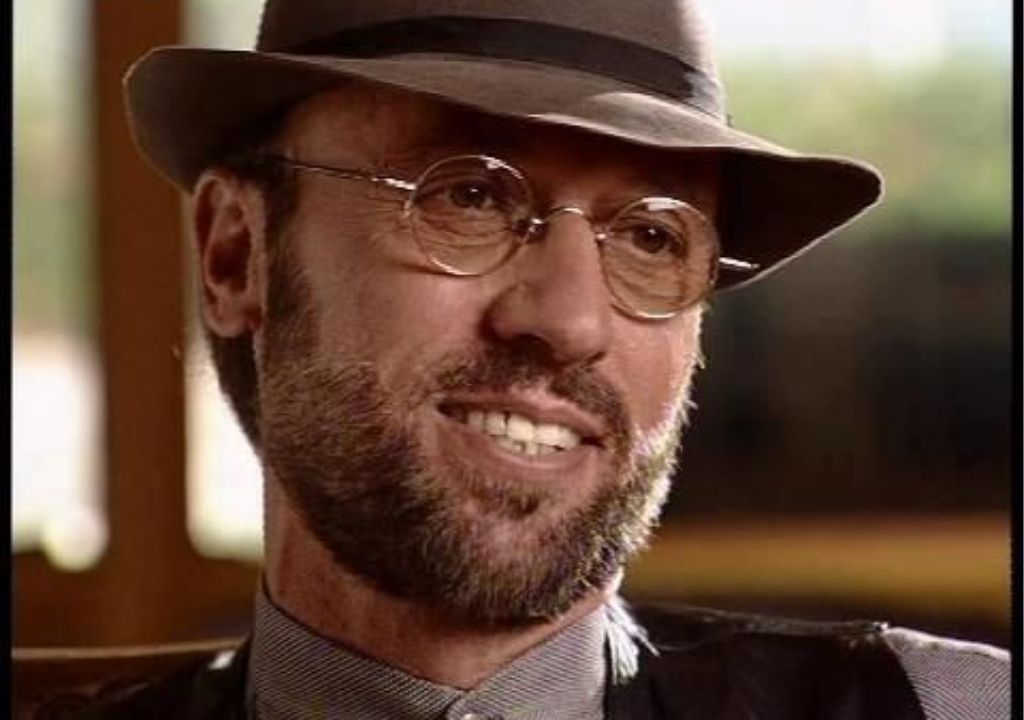
When people discuss disco, the glittering lights and falsetto vocals often steal the spotlight. Yet, beneath the sparkling surface, the true lifeblood of disco was its bass. Between 1977 and 1980, disco reached its zenith, crafting some of the most memorable and innovative bass lines ever recorded. Icons like Bernard Edwards with Chic and Verdine White from Earth, Wind & Fire didn’t just keep rhythms flowing — they etched these grooves into musical immortality.
Despite their vital contributions, many of these bassists remain unsung heroes. Their artistry is overshadowed by vocalists and producers, their unmistakable role cloaked in obscurity. Chief among the overlooked is Maurice Gibb of the Bee Gees, a multi-instrumentalist whose bass work quietly powered disco’s biggest anthems.
Maurice, often called “the quiet brother,” is overshadowed by Barry’s soaring falsetto and Robin’s unique vibrato. But a close listen to the Bee Gees’ mid-70s disco reinvention reveals Maurice’s fingerprints everywhere. Inspired by Paul McCartney — his mentor on bass — Maurice developed a style that was melodic yet economical. His intricate, syncopated grooves transformed the Bee Gees from soft balladeers into disco pioneers with tracks like “Jive Talkin'” in 1975. By the time the strains of Children of the World (1976) and the Saturday Night Fever soundtrack emerged, Maurice’s bass lines had become the unstoppable engine of disco.
Listen to “Stayin’ Alive”: that relentless driving pulse, with subtle ghost notes, is Maurice’s creation, weaving a hypnotic loop that mesmerized millions. “Night Fever” finds him holding back, creating space that turns the groove magnetic and irresistible. Even the tender “How Deep Is Your Love” holds Maurice’s melodic touch, showcasing that disco bass could be both soulful and funky. Without Maurice, the Bee Gees might have thrived, but with him, they soared to legendary heights.
Enter Bernard Edwards, the godfather of disco bass and co-founder of Chic with Nile Rodgers. Edwards mastered bass lines that were sharp, innovative, and incredibly tight. The iconic riff in “Le Freak” (1978) remains one of the most identifiable bass lines in music history—precise, clipped, and irresistibly danceable. Edwards’ genius was found in his restraint, placing each note with surgical precision, allowing space for the guitar and intricate vocal layers. His magic powered tracks like “I Want Your Love” and Sister Sledge’s “We Are Family,” each bass groove a perfect miniature dance floor in itself.
Edwards’ influence rippled across genres, extending far beyond disco into funk, pop, and hip-hop, where his bass lines have been sampled countless times, attesting to their timelessness.
In contrast, Verdine White of Earth, Wind & Fire injected sublime joy into bass playing. On the jubilant “September” (1978), his bass bounces and dances, each note a radiant burst of happiness. Verdine’s technical skill combined with heartfelt warmth, delivering octave jumps and syncopated rhythms with precise timing. Earth, Wind & Fire were not just a band—they were a celebration, with Verdine’s bass as the joyous invitation to the dance floor.
Disco was not an exclusively male domain. Janice-Marie Johnson, bassist and vocalist for A Taste of Honey, shattered glass ceilings with her unforgettable bass line on “Boogie Oogie Oogie” (1978). Her octave-driven funk groove was deceptively simple but utterly irresistible, transforming any dance floor into a frenzy of movement. Johnson’s accomplishment was all the more remarkable as she doubled as the band’s lead vocalist, proving women’s undeniable power in the rhythm world amidst a male-dominated music scene.
By 1980, disco’s shimmer began to fade, yet Louis “Thunder Thumbs” Johnson of the Brothers Johnson refused to exit quietly. His fierce slap bass style revolutionized the sound of bass in popular music. The track “Stomp” (1980) showcases his explosive, percussive playing—a swaggering bass that commanded attention with every thumb stroke. Johnson bridged disco into funk and R&B of the 1980s, influencing generations with his thunderous grooves.
What’s astonishing is the brevity of disco’s golden era — from 1977 to 1980, a short burst that birthed a wealth of timeless bass lines before the genre’s decline. In this brief span, bassists reshaped the musical landscape: Maurice Gibb laid down the Bee Gees’ heartbeat; Bernard Edwards became the groove’s architect; Verdine White made bass irresistibly danceable; Janice-Marie Johnson showed women’s bassist power; and Louis Johnson propelled the instrument into new expressive realms.
Though disco’s glitter may have dimmed, its bass legacy remains vivid — sampled in hip-hop, rediscovered in pop, and studied by new musicians. It’s a potent reminder: while frontmen may capture the spotlight, it’s the bass that moves the body and tells the real story.
For too long, bassists like Maurice Gibb have been the invisible giants of music. Often labeled “the third Bee Gee,” Maurice was in truth the heartbeat and glue that held this legendary band together.
The golden age of disco bass was not merely a fleeting moment; it was a revolution in rhythm — and though the lights have dimmed, those grooves burn on, challenging listeners to feel the deep, compelling pulse beneath every classic disco hit.
